15 Ng. 100 Đ. Nguyễn Xiển, Thanh Xuân Nam, Thanh Xuân, Hà Nội 100000
Introduction: Stepping into the Shadow of History at Cu Chi
Nestled amidst the lush landscapes just a short journey northwest of Ho Chi Minh City, the Cu Chi Tunnels stand as a profound and poignant testament to human resilience, ingenuity, and the unyielding spirit of the Vietnamese people during the tumultuous years of the Vietnam War. More than just a network of underground passages, these tunnels were a sprawling, subterranean city – a vital nerve center for Viet Cong soldiers, serving as hiding spots, communication and supply routes, hospitals, weapons caches, and even living quarters. Today, they offer visitors an astonishing and often sobering glimpse into the brutal realities of guerrilla warfare and the incredible determination required to survive it.
The allure of Cu Chi is both historical and deeply human: the narrow confines of the tunnels whispering tales of extraordinary hardship and defiance, the ingenious booby traps reminding us of the constant danger, and the sheer scale of the underground world revealing the strategic brilliance of a people fighting for their independence. Whether you're a history enthusiast eager to understand the complexities of the Vietnam War, a curious traveler seeking unique insights into human adaptability, or simply looking for a powerful and educational experience, the Cu Chi Tunnels promise an unforgettable journey. This comprehensive guide will take you deep into the heart of this historic site, exploring its origins, its ingenious design, the daily life within its depths, its role in key battles, and practical tips for planning your visit. And as you envision your exploration of this remarkable subterranean world, remember that Golden Trail Travel (https://goldentrailtravel.com/) is your ideal partner for crafting unforgettable experiences, offering unique cycling tours and comprehensive packages that can seamlessly integrate the historical significance of the Cu Chi Tunnels with the vibrant energy of Ho Chi Minh City and the serene beauty of the Mekong Delta.
Chapter 1: The Genesis of Resilience – Origins and Construction of the Cu Chi Tunnels
The Cu Chi Tunnels were not built overnight; they evolved over decades, born out of necessity and a deep understanding of the local terrain and the nature of asymmetric warfare.
Early Beginnings (French Indochina War - 1940s-1950s): The initial concept of underground shelters in the Cu Chi area dates back to the resistance against French colonial rule. Local villagers and Viet Minh guerrillas began digging short, rudimentary tunnels to hide from French patrols, store supplies, and launch surprise attacks. These early tunnels were simple, isolated, and relatively shallow.
Expansion and Strategic Importance (Early Vietnam War - 1960s): With the escalation of the Vietnam War (referred to as the American War in Vietnam) in the early 1960s, the tunnels in Cu Chi became strategically vital. The area around Cu Chi was a crucial supply route for the Viet Cong, connecting their strongholds near the Cambodian border to the outskirts of Saigon (Ho Chi Minh City). It was also heavily bombed and shelled by American forces.
The "Iron Triangle" and "Iron Land": Cu Chi became part of the "Iron Triangle," a heavily contested area northwest of Saigon known for its strong Viet Cong presence and fierce resistance. The land itself became a weapon, earning the moniker "Iron Land" due to the unyielding determination of its inhabitants.
Three Levels of Depth: The tunnels were constructed in multiple layers, typically three main levels:
Network Length: At its peak, the Cu Chi tunnel network stretched for over 250 kilometers (155 miles), connecting villages, battlefields, and supply routes, and often extending all the way to the Saigon River. It was a vital artery for the Viet Cong war effort.
Chapter 2: An Engineering Marvel – The Ingenious Design and Functionality
The Cu Chi Tunnels are a testament to brilliant low-tech engineering, designed for survival, defense, and offensive operations in the face of overwhelming technological superiority.
Ventilation Systems: Despite being underground, the tunnels were designed with ingenious ventilation systems. Small, almost invisible air holes, often disguised as termite mounds or natural features, allowed air to circulate, preventing suffocation. Smoke from underground kitchens (Hoang Cam Kitchens) was vented out through long, winding chimneys that dispersed the smoke over wide areas, making it hard to detect.
Secret Entrances and Trapdoors: The entrances to the tunnels were meticulously camouflaged with leaves, dirt, and branches, making them virtually impossible to spot from above. Small, hinged trapdoors, often only large enough for one person to squeeze through, ensured secrecy. Some entrances were even located underwater in rivers or ponds.
Booby Traps and Defenses: The tunnels were heavily fortified with an array of brutal and effective booby traps, designed to injure or kill invading soldiers and create psychological terror. These included:
Underground Chambers and Facilities: The tunnels were more than just passageways; they were a self-contained underground society:
Resistance to Bombs and Flooding: The multi-layered construction and compact earth provided remarkable resistance to conventional bombing. The Viet Cong also designed some sections with a slight incline or with water traps to minimize flooding, though flash floods could still be a major problem during the rainy season.
Termite Mounds as Observation Posts: Natural termite mounds were often hollowed out and used as camouflaged observation posts, allowing Viet Cong soldiers to monitor enemy movements above ground.
Chapter 3: Life Underground – The Daily Existence and Challenges
Life within the Cu Chi Tunnels was incredibly harsh, a constant struggle against the enemy, nature, and the psychological toll of living underground.
Extreme Conditions:
Food and Water:
Health and Medical Care:
Psychological Toll: The constant threat of enemy patrols, bombings, and chemical attacks (defoliants like Agent Orange) created immense psychological pressure. Living in perpetual darkness and confinement took a heavy toll on mental health.
Daily Routines: Despite the challenges, life in the tunnels had a routine. Soldiers would often venture out at night for combat, foraging, or farming, returning to the tunnels for rest, planning, and medical care during the day. Education and political indoctrination were also part of daily life.
Adaptation and Resilience: The stories from Cu Chi emphasize the incredible human capacity for adaptation and resilience. Soldiers learned to live, work, and fight in these extreme conditions, demonstrating an extraordinary will to survive and contribute to their cause.
Chapter 4: Key Battles and the Role of the Tunnels
The Cu Chi Tunnels played a pivotal role in several key engagements of the Vietnam War, particularly in protecting Viet Cong forces and launching offensive operations.
Operation Crimp (1966) & Operation Cedar Falls (1967): These were major U.S. military operations specifically aimed at destroying the Cu Chi tunnel system and eliminating Viet Cong presence in the Iron Triangle. Despite massive resources, heavy bombing, and the deployment of "tunnel rats" (specially trained soldiers who explored the tunnels), the U.S. forces largely failed to dislodge the Viet Cong due to the tunnels' complexity and resilience.
The Tet Offensive (1968): The Cu Chi Tunnels were crucial to the success of the Tet Offensive, a coordinated surprise attack by North Vietnamese and Viet Cong forces against targets throughout South Vietnam, including Saigon. Viet Cong units used the tunnels to infiltrate close to Saigon, launch their attacks, and then retreat to safety, demonstrating the strategic effectiveness of the network right on the doorstep of the South Vietnamese capital.
Strategic Importance for Saigon: The tunnels served as a launching pad for attacks on vital American and South Vietnamese military bases, airfields (like Tan Son Nhat Airport), and even the very edge of Saigon itself. They allowed the Viet Cong to operate in close proximity to their enemy without being easily detected or countered.
Psychological Warfare: The mere existence of the vast, elusive tunnel system had a significant psychological impact on American and South Vietnamese forces. It created a sense of constant unease and frustration, as the enemy seemed to appear and disappear at will.
Chapter 5: Visiting the Cu Chi Tunnels Today – A Journey of Remembrance
Today, the Cu Chi Tunnels are one of Vietnam's most popular historical attractions, offering visitors a powerful and immersive experience.
Two Main Sections for Tourists:
What to Expect on a Tour:
Tips for Your Visit:
Chapter 6: More Than Just Tunnels – Related Sites and Broader Context
Understanding the Cu Chi Tunnels is often enhanced by exploring the broader context of the Vietnam War and other related sites.
War Remnants Museum (Ho Chi Minh City): While the Cu Chi Tunnels show the ingenious methods of warfare, the War Remnants Museum in HCMC provides a powerful and often graphic overview of the war's devastating impact on the Vietnamese people, from their perspective. It complements the Cu Chi experience by showing the broader human cost.
Reunification Palace (Ho Chi Minh City): The site where the war officially ended, the Reunification Palace (formerly Independence Palace) offers a look at the command center of the South Vietnamese government.
My Lai Memorial (Quang Ngai Province): While far from HCMC, this site serves as a somber reminder of civilian atrocities during the war, offering a different perspective on the human cost of conflict.
Ho Chi Minh City History Museum: Provides a broader historical context of Southern Vietnam, leading up to the war.
Local Perspectives: Engaging with local guides and residents, particularly older generations, can provide unique personal perspectives on the war and its legacy.
Chapter 7: Practical Tips for Planning Your Cu Chi Tunnels Tour
To make your visit to the Cu Chi Tunnels as informative and comfortable as possible, consider these practical tips.
Getting There:
Choosing a Tour Provider:
What to Wear and Bring:
Health and Physical Considerations:
Etiquette and Respect:
Duration of Visit: A typical visit to the Cu Chi Tunnels (excluding travel time) lasts about 2-3 hours. Half-day tours usually depart in the morning or afternoon.
Chapter 8: Your Unforgettable Southern Vietnam Journey with Golden Trail Travel
Visiting the Cu Chi Tunnels is a profound experience, but it’s often just one part of a larger, captivating adventure in Southern Vietnam. To truly unlock the region's diverse offerings, from the historical echoes of Ho Chi Minh City to the serene waterways of the Mekong Delta, Golden Trail Travel (https://goldentrailtravel.com/) is your ideal partner. Specializing in immersive and active travel experiences, Golden Trail Travel crafts meticulously planned tours that bring Vietnam's rich history, vibrant culture, and stunning landscapes to life.
Here’s why Golden Trail Travel is the perfect choice for your Cu Chi Tunnels and Southern Vietnam adventure:
Expertly Guided Cu Chi Tunnel Tours: Golden Trail Travel offers well-organized and insightful tours to the Cu Chi Tunnels, ensuring you gain a deep understanding of this incredible historical site. Their knowledgeable local guides provide crucial context, share compelling stories, and help you navigate the site respectfully. They can arrange:
Seamless Integration with Ho Chi Minh City and Beyond: Golden Trail Travel excels at crafting comprehensive multi-destination itineraries that perfectly link your Cu Chi experience with the dynamic energy of Ho Chi Minh City and the tranquil beauty of the Mekong Delta. They handle all transfers, accommodations, and activities, ensuring a smooth and stress-free journey across diverse landscapes and experiences.
Unique Cycling Tours: While the Cu Chi Tunnels themselves are not a cycling destination, Golden Trail Travel specializes in active adventures. They can arrange:
Authentic Cultural Immersion: Their tours go beyond sightseeing. They offer opportunities for:
Expert Local Guides: Their guides are passionate, knowledgeable, and often locals themselves, providing deep insights into Vietnamese culture, history, and the unique nuances of Ho Chi Minh City, the Cu Chi Tunnels, and the Mekong Delta. They enhance your understanding and ensure a truly authentic and engaging experience.
Personalized Service and Attention to Detail: From the moment you contact them to the end of your trip, Golden Trail Travel prioritizes your comfort and satisfaction. They listen to your preferences and craft itineraries that are truly bespoke, ensuring your adventure aligns perfectly with your travel style and interests.
Easy Booking and Comprehensive Support: Planning your Southern Vietnam trip is made simple with their user-friendly website: https://goldentrailtravel.com/. Explore their diverse range of tours, read testimonials, and easily book your next unforgettable adventure with the confidence of reliable support throughout your journey.
Let Golden Trail Travel be your trusted partner in unlocking the profound history of the Cu Chi Tunnels and the vibrant spirit of Southern Vietnam, creating an unforgettable and deeply meaningful adventure.
Conclusion: Cu Chi Tunnels – A Profound Journey into Human Spirit
The Cu Chi Tunnels are more than just a historical site; they are a powerful testament to the extraordinary resilience, ingenuity, and spirit of the Vietnamese people. Crawling through their narrow passages, witnessing the ingenious booby traps, and learning about the daily struggles faced by those who lived there, one gains a profound appreciation for the human capacity to endure and adapt under the most extreme conditions. A visit to Cu Chi is not merely a historical excursion; it is a moving and educational experience that offers a unique lens through which to understand a pivotal chapter in Vietnam's history. It leaves visitors with a lasting impression of courage, determination, and the enduring power of the human will to fight for freedom. It is a humbling and unforgettable journey into the heart of an unyielding spirit.
FAQ: Your Questions About Cu Chi Tunnels Answered
Q1: What are the Cu Chi Tunnels? A1: The Cu Chi Tunnels are an immense network of connecting underground tunnels used by Viet Cong soldiers as hiding spots, communication and supply routes, hospitals, and living quarters during the Vietnam War. They are a powerful symbol of Vietnamese ingenuity and resilience.
Q2: Where are the Cu Chi Tunnels located and how do I get there? A2: The tunnels are located about 70 kilometers (43 miles) northwest of Ho Chi Minh City. The most common and convenient way to visit is by joining an organized tour (half-day or full-day, often combined with the Mekong Delta) which includes transportation and a guide.
Q3: How long does a visit to the Cu Chi Tunnels take? A3: The actual visit to the tunnels site usually takes about 2-3 hours. Including travel time from Ho Chi Minh City, a half-day tour typically lasts 4-5 hours, while full-day combo tours can be 8-10 hours.
Q4: Can I go inside the tunnels? A4: Yes, at the tourist sites (Ben Dinh and Ben Duoc), sections of the tunnels have been widened for visitors to crawl through. You can choose to go a short distance (e.g., 20 meters) or longer, with exit points every few meters if you feel uncomfortable.
Q5: Are the Cu Chi Tunnels suitable for people with claustrophobia? A5: People with severe claustrophobia may find crawling through the tunnels challenging, even though they have been widened. However, there are numerous opportunities to see the tunnels and the site from above ground without having to enter them.
Q6: What should I wear and bring for a visit to the tunnels? A6: Wear light, comfortable clothing and sturdy, comfortable walking shoes. Bring insect repellent, sunscreen, a hat, and a water bottle.
Q7: Is there a firing range at the Cu Chi Tunnels? A7: Yes, at the Ben Dinh site (the more popular tourist section), there is an optional firing range where visitors can pay to shoot various historical firearms, including AK-47s and M16s.
Q8: What is the difference between Ben Dinh and Ben Duoc tunnels? A8: Ben Dinh is the more popular, closer, and more heavily modified section for tourists, with wider tunnels. Ben Duoc is further away, less crowded, and offers a more authentic, less-modified tunnel experience. Most organized tours go to Ben Dinh.
Q9: What is the significance of the "Hoang Cam Kitchens"? A9: Hoang Cam Kitchens were ingenious, smokeless underground kitchens within the tunnel system. They were designed with a complex ventilation system that dispersed smoke over a wide area, making it very difficult for American forces to detect from above.
Q10: Where can I book reputable tours to the Cu Chi Tunnels, especially if I want to combine them with other Southern Vietnam experiences? A10: For well-organized and insightful tours to the Cu Chi Tunnels, often combined with cycling tours in the Mekong Delta or comprehensive Ho Chi Minh City itineraries, we highly recommend checking out Golden Trail Travel at https://goldentrailtravel.com/.
Customer Reviews: Experiences with Golden Trail Travel
"Our visit to the Cu Chi Tunnels with Golden Trail Travel was incredibly impactful. Our guide was exceptional, providing deep historical context and personal anecdotes that really brought the site to life. Crawling through the tunnels was a surreal experience. We chose their combo tour with the Mekong Delta, and it was perfectly paced. Highly recommend them for a comprehensive and authentic experience, easily booked on https://goldentrailtravel.com/." – Sarah L., Australia
"Golden Trail Travel made our trip to the Cu Chi Tunnels unforgettable. Their expertise in organizing the tour was evident from start to finish. The small group size meant we could ask lots of questions and get a more personalized understanding of the tunnels. They clearly prioritize responsible and respectful tourism. Fantastic service!" – Mark T., USA
"I had limited time in Ho Chi Minh City, and Golden Trail Travel's full-day Cu Chi Tunnels and Mekong Delta tour was the perfect solution. It was a long day, but so worth it – packed with history, beautiful scenery, and delicious local food. The guides were professional and friendly. Their website, https://goldentrailtravel.com/, is very user-friendly." – Chloe F., UK
"As someone interested in military history, the Cu Chi Tunnels were a must-see. Golden Trail Travel provided a deeply informative and respectful tour. The option to try the firing range was also an interesting addition. They handled all logistics seamlessly, from pickup to drop-off. I would definitely book with them again for future Vietnam travels." – Ben C., Canada
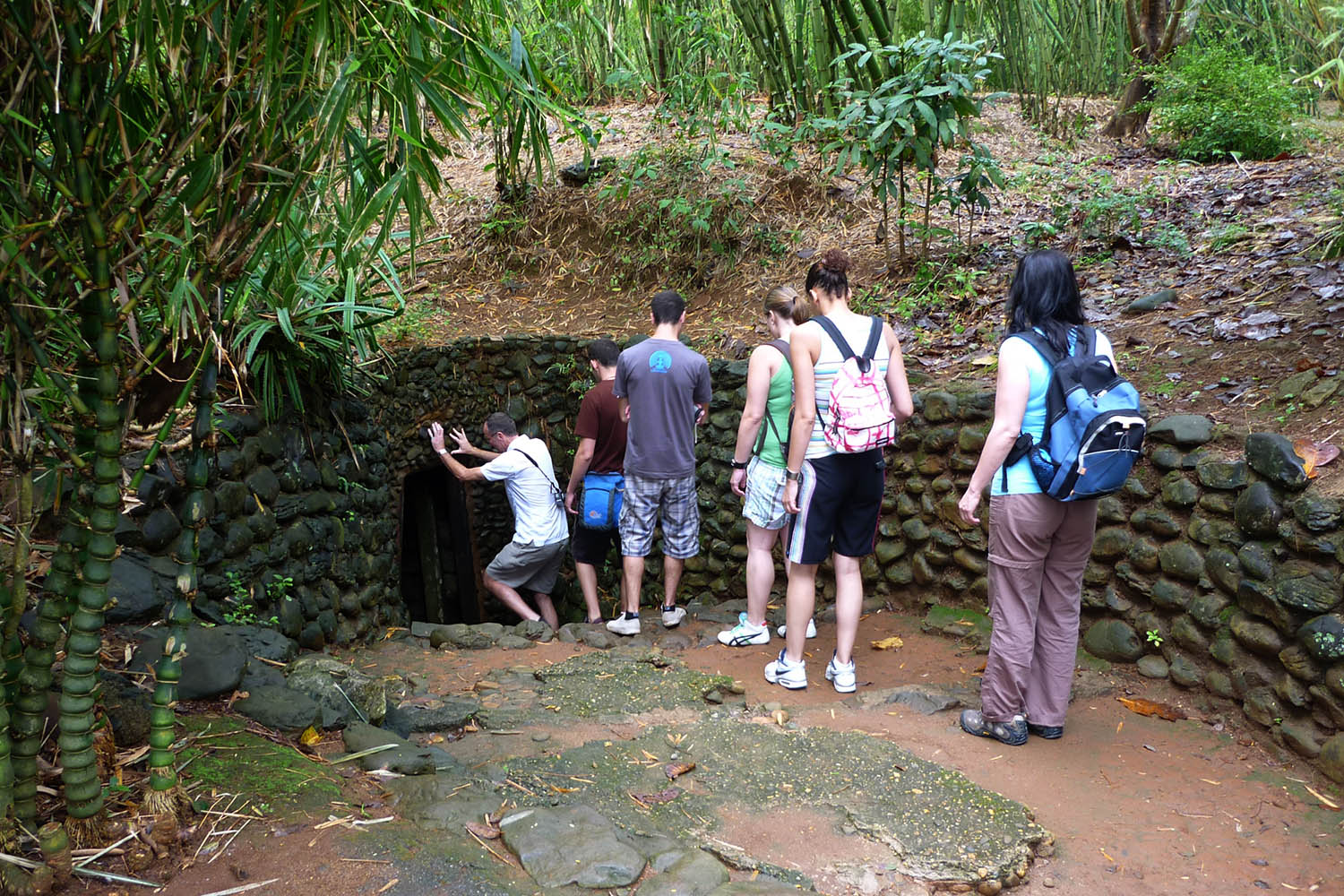

Vietnam is a country of timeless charm, but there is one time of year when the nation transforms completely. It is a season when the chaotic traffic of the cities subsides into a peaceful hush, when the streets are painted in vibrant shades of red and yellow, and when the smell of burning incense and savory sticky rice cakes fills the air.
November 21, 2025
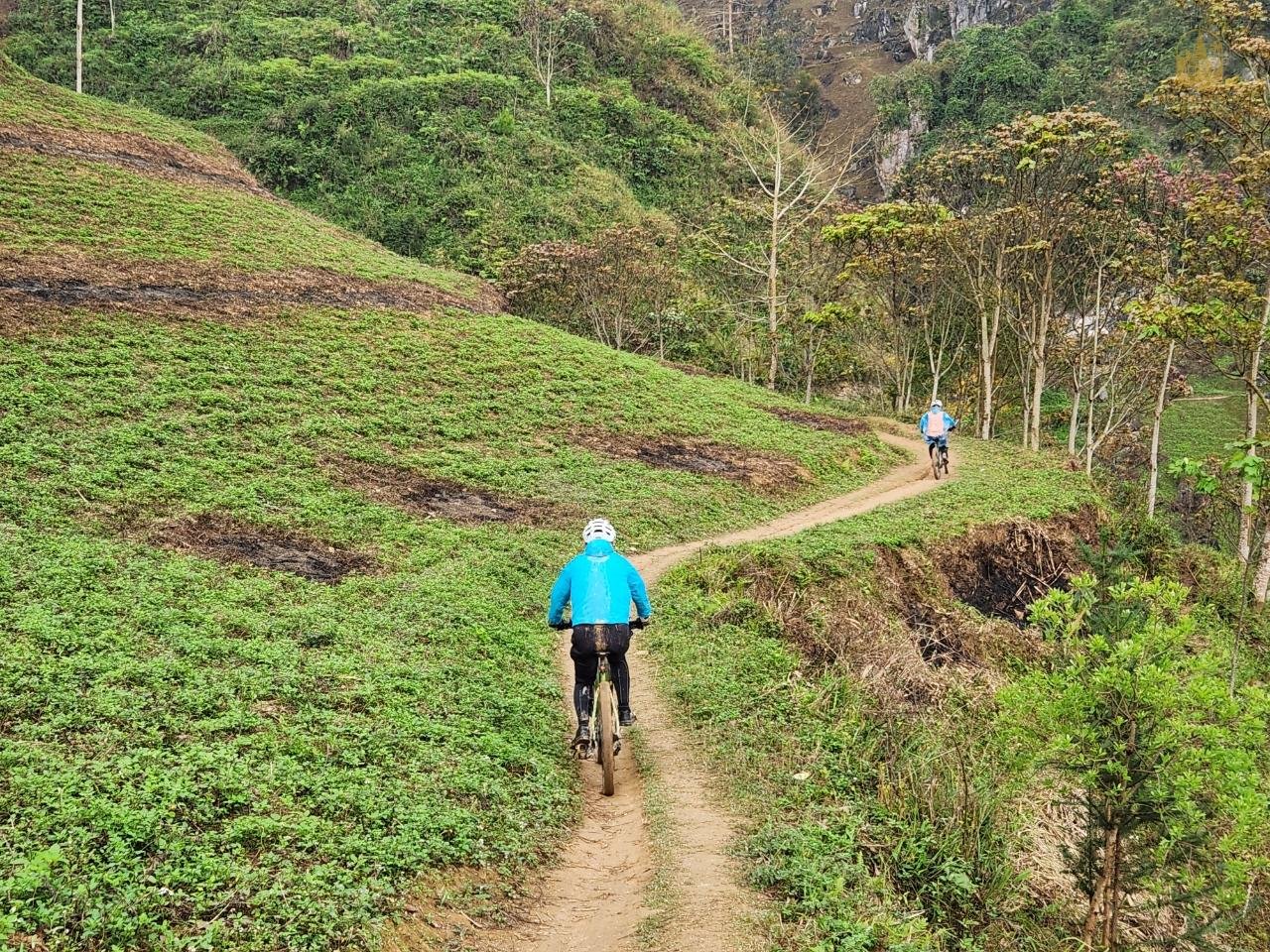
There are cycling trips, and then there are odysseys. Biking from Hanoi to Ho Chi Minh is not merely a vacation; it is a rite of passage. It is the act of traversing an entire nation, tracing the S-shape of the Dragon along the edge of the East Sea.
November 20, 2025
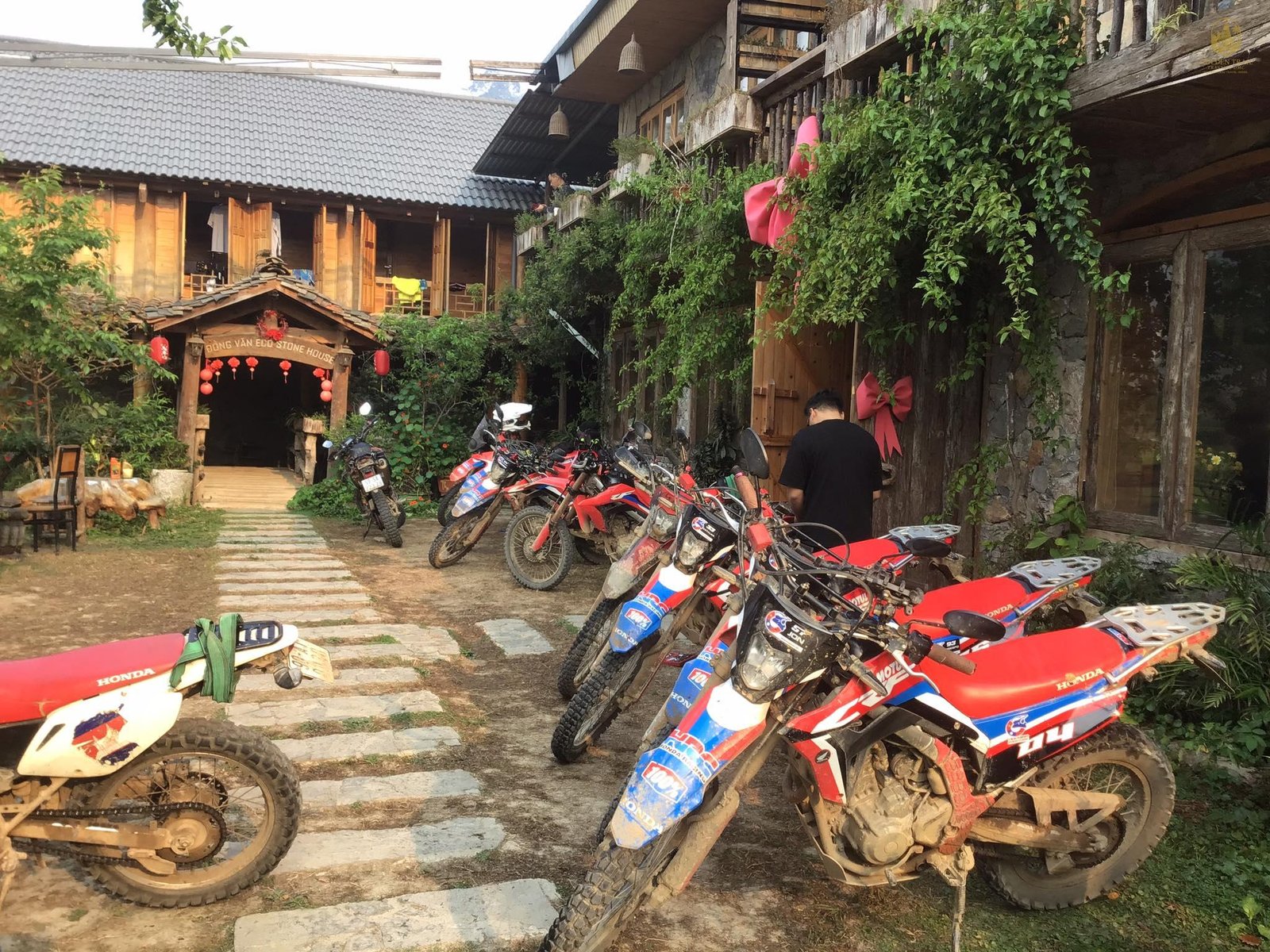
There are road trips, and then there are pilgrimages. Route 66 in the USA offers nostalgia; the Great Ocean Road in Australia offers scenery. But a Ho Chi Minh Trail motorbike tour offers something far more profound: a journey through the very soul of a nation.
November 20, 2025
.jpg)
Vietnam is consistently ranked among the world’s most captivating destinations for cycling. With its dramatic mountain passes, serene coastline roads, terraced rice fields, charming countryside villages and rich cultural diversity, the country offers endless opportunities for cyclists of all levels. Whether you're an experienced rider seeking challenging climbs or a leisure traveler looking to explore local culture at a slower pace, a Vietnam cycling tour promises scenery, adventure and unforgettable memories.
November 19, 2025
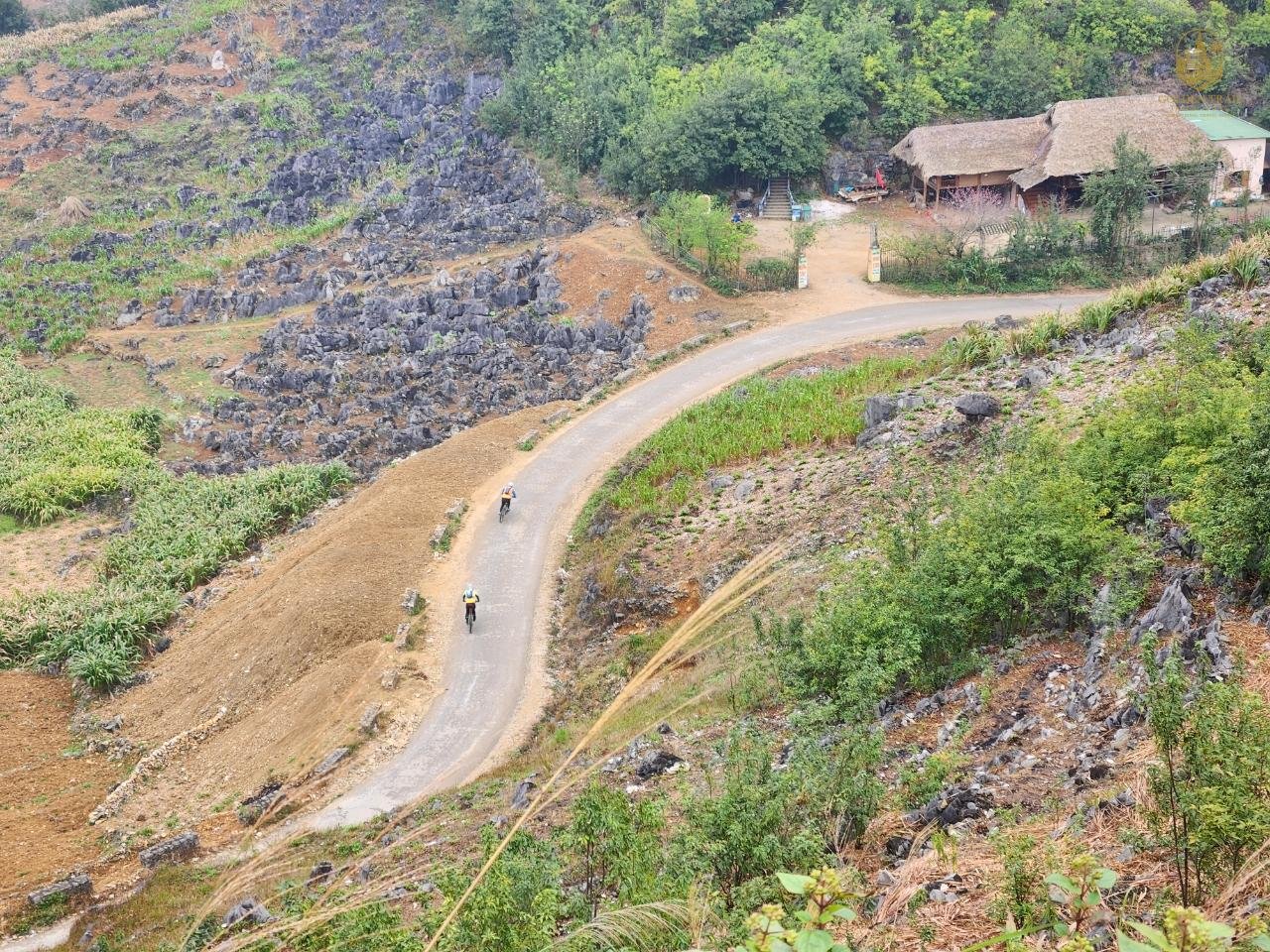
Cycling holidays in Vietnam are no longer a niche interest—they are becoming one of the most sought-after adventure travel experiences in Asia. And it’s easy to see why. Few countries offer such a rich blend of landscapes, cultures, cuisines, and climates along one continuous ribbon of road.
November 13, 2025
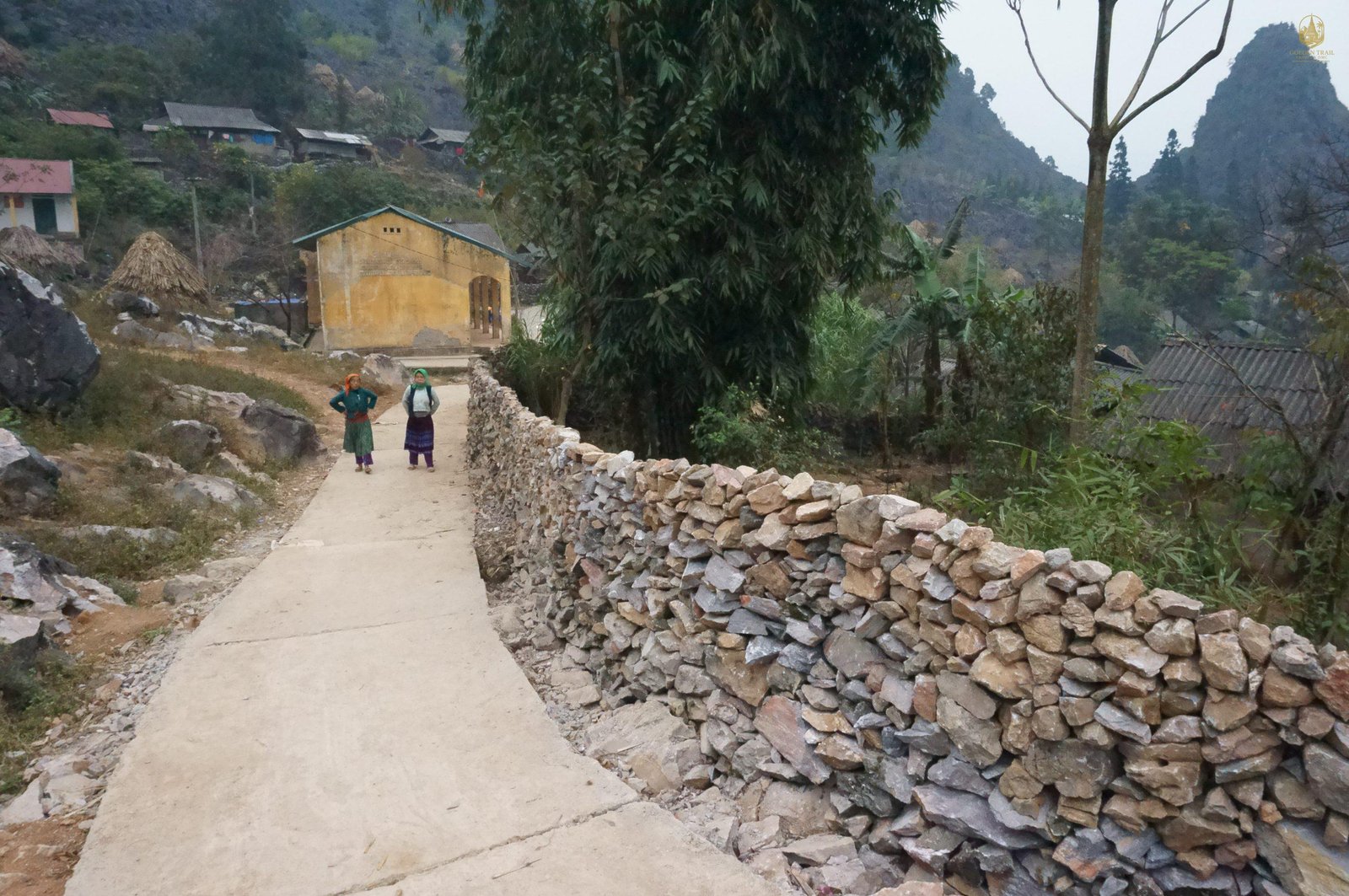
When you choose biking Vietnam, you’re not just taking a cycling trip — you’re beginning a deep, emotional journey through landscapes that have remained breathtaking for centuries. Vietnam offers the perfect mix of rugged mountains, peaceful countryside, tropical coasts, ancient towns, and culturally rich villages. The country’s diversity transforms every day of biking into a fresh adventure.
November 13, 2025
.jpg)
With towering limestone mountains in the north, sunlit coastal roads in the central region, peaceful countryside paths in the south, and ethnic villages scattered across valleys, Vietnam cycling tours offer one of the most diverse and emotionally rich cycling experiences in Asia.
November 13, 2025
.webp)
From the lantern-lit streets of Hoi An to the emerald limestone cliffs of Ha Long Bay, from vibrant Hanoi to bustling Ho Chi Minh City — each stop tells a story. But how do you plan the perfect Vietnam trip itinerary? How many days do you need? What should you not miss?
November 06, 2025
.webp)
A cycling tour from Hanoi to Ho Chi Minh with Golden Trail Travel & DMC is a life-changing odyssey through rice paddies, misty mountains, ancient towns, and tropical coastlines. Whether you’re an avid cyclist chasing the next challenge or a curious traveler seeking authentic moments, this route across Vietnam will ignite your senses and spirit.
November 06, 2025
.webp)
Embark on an unforgettable 6-day journey through Southern Vietnam Highlights, a perfectly paced itinerary designed to immerse you in the region's rich history, vibrant culture, and stunning coastal beauty.
November 03, 2025
.webp)
The Authentic Vietnam: 9-Day Cultural Immersion from Hanoi to the Mekong Delta, a journey crafted not just for sightseeing, but for feeling, learning, and connecting.
October 29, 2025
.jpg)
That era is over. The rise of the electric bicycle has fundamentally redefined travel here. E-Bike Vietnam Cycling Holidays offer a revolutionary path, making the country’s most challenging and breathtaking routes, such as the legendary Ha Giang Loop and the Ho Chi Minh Trail, fully accessible to riders of all fitness levels. The E-Bike transforms the journey from a feat of pure endurance into an immersive cultural and scenic delight, allowing you to achieve a profound feeling of conquest while channeling your energy into savoring the profound closeness to nature and the genuine warmth of the local communities.
October 06, 2025
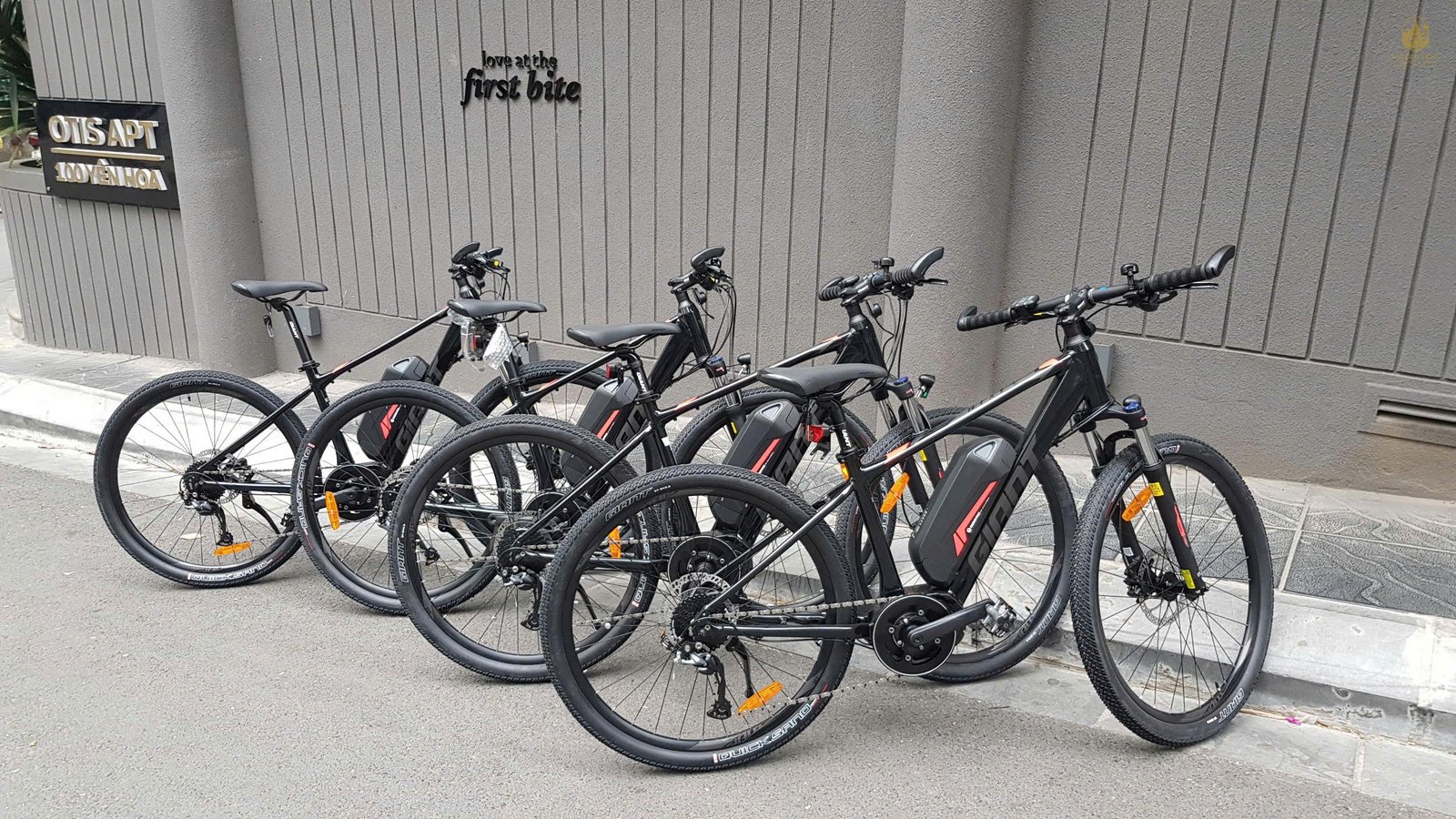
Vietnam, a country famed for its spectacular mountain passes, lush rice terraces, and complex network of historic trails, has long been a dream destination for cyclists. Yet, its challenging geography—characterized by scorching heat, punishing humidity, and immense vertical climbs—often reserves the most breathtaking routes for only the fittest elite. This barrier has now been shattered. The advent of E-Bikes Cycling Vietnam has democratized the adventure, making the country’s most remote and beautiful landscapes accessible to riders of all ages and fitness levels.
October 06, 2025
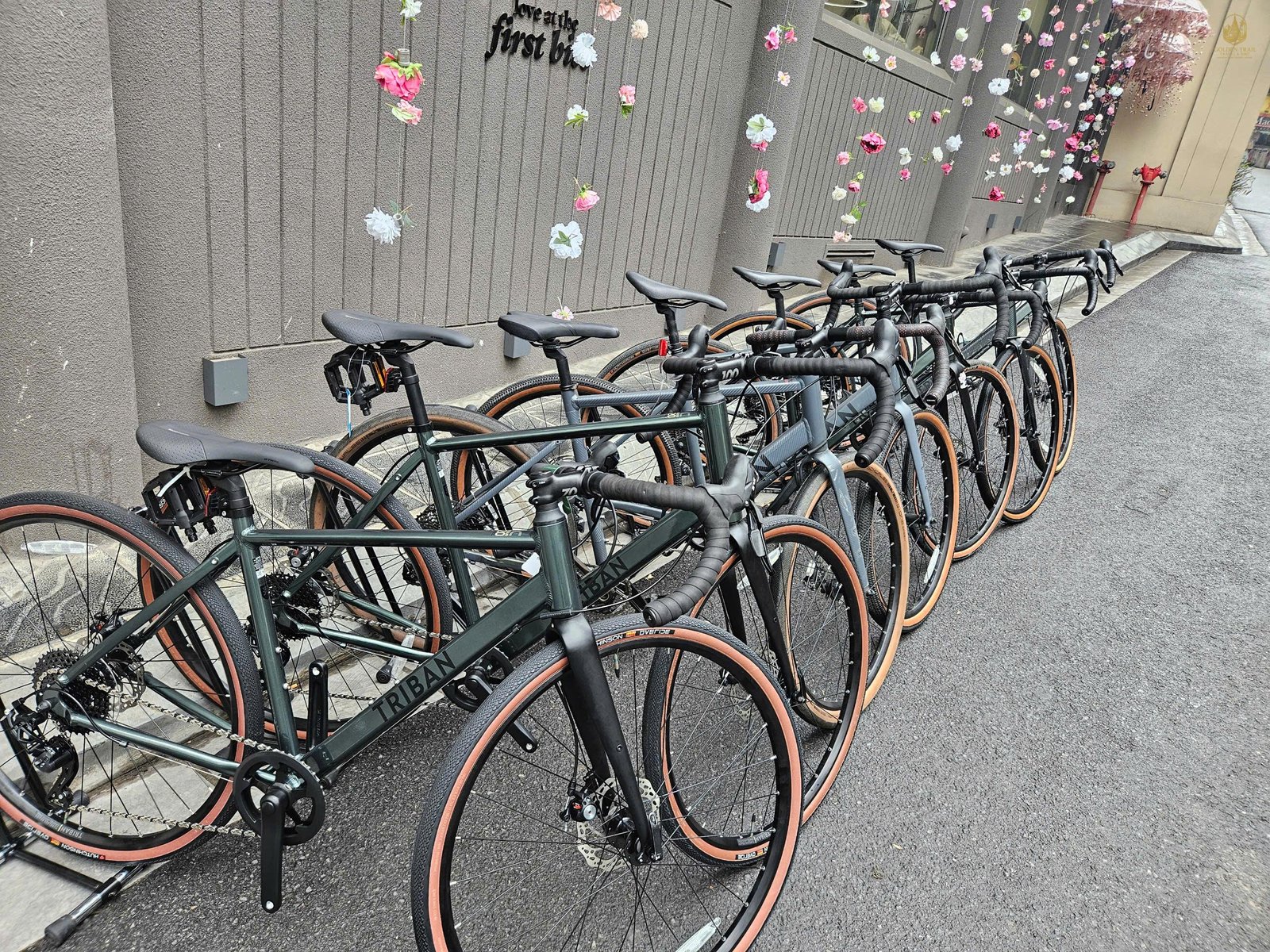
The Ho Chi Minh Trail (HCT)—Đường Trường Sơn in Vietnamese—is more than just a route; it is a legendary tapestry woven from history, endurance, and raw, untamed landscape. While many know the HCT as a symbol of wartime resilience, today it represents the ultimate pilgrimage for the modern adventurer. Forget crowded highways and tourist buses
October 06, 2025
.jpg)
Discover the magic of a Vietnam cycling holiday. Explore breathtaking landscapes, immerse yourself in local culture, and embark on an unforgettable adventure through mountains, coastlines, and deltas. Book your dream cycling trip today.
September 05, 2025

Explore the top cycling routes in Vietnam, from the challenging northern mountains to the tranquil southern deltas. Discover a journey of conquest and discovery. Plan your unforgettable adventure with Golden Trail Travel & DMC.
August 25, 2025
.jpg)
Embark on a profound Ho Chi Minh Trail bike adventure and explore the legendary route. Our guide reveals how to cycle through history and a beautiful landscape on two wheels.
August 19, 2025
.jpg)
Cycle through history with a Vietnam war history bike tour. Our comprehensive guide explores key battlefields and strategic routes, offering a unique and personal journey through the past.
August 19, 2025
.jpg)
Explore historical cycling routes Vietnam and ride through the country's ancient past. Our guide reveals how to uncover historical gems and travel through time on two wheels.
August 19, 2025
.jpg)
Embark on a profound journey with an ethnic group cycling Vietnam tour. Our guide reveals how to explore the country's highlands and connect with local communities.
August 19, 2025